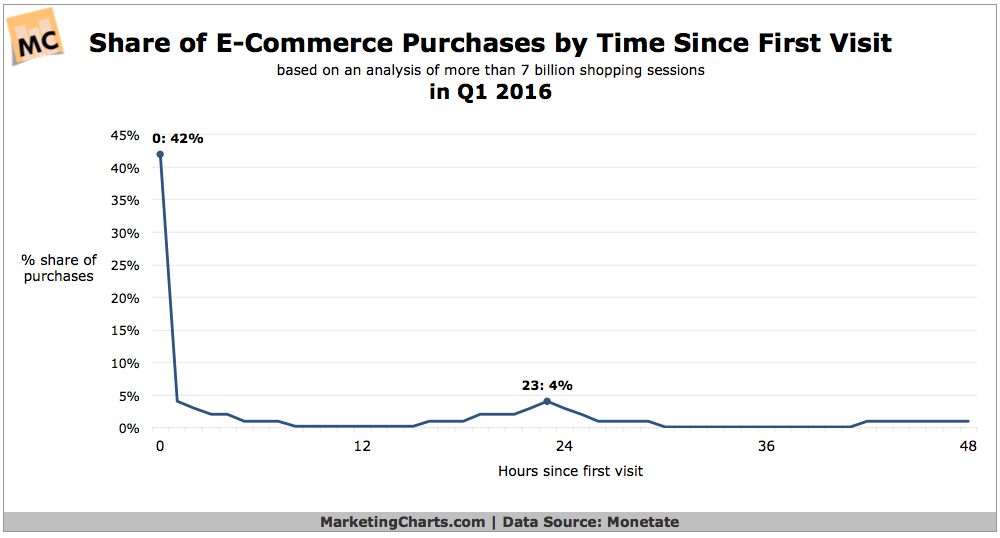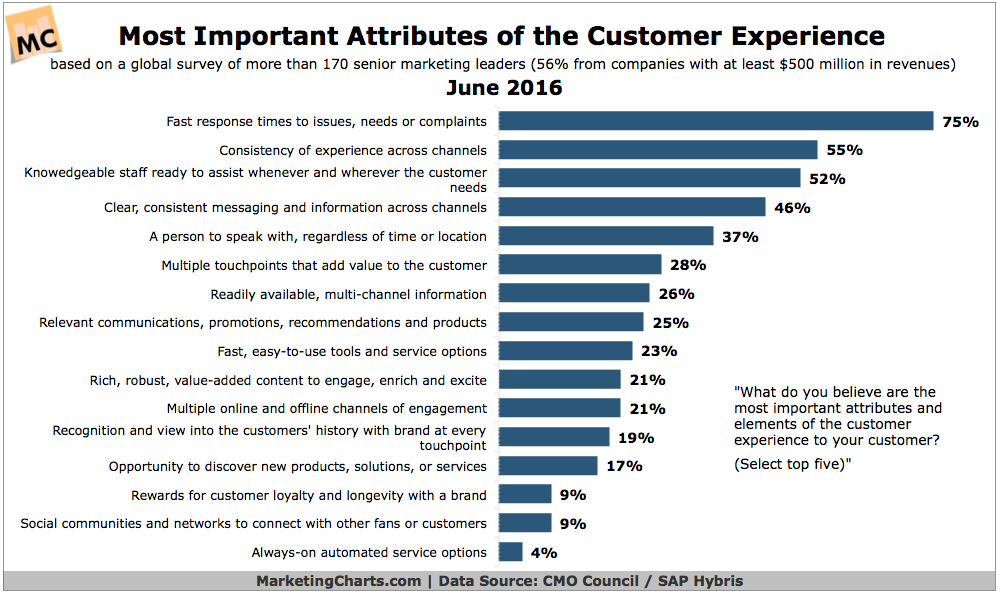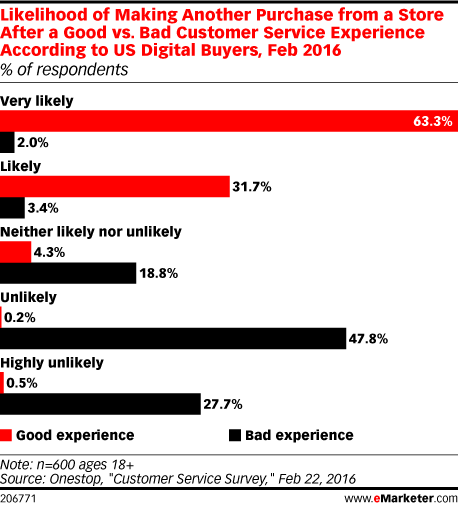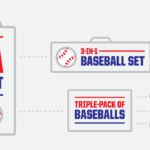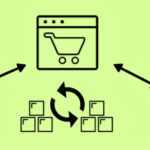Each week, we publish a mishmash of ecommerce related, insight infused articles for your to smash through. Just as we collect business information across all of a merchant’s channels in a single place, we’re doing the same for ecommerce related content from a variety of top tier content creators.
The best way to encourage customers to engage and, more importantly, buy, is to put yourself in their shoes… or their monitor as they visit your site. Pricing, branding, willingness to buy, and a ton more factors are involved in a decision to purchase, but the end-all, be-all is a customer’s experience. In this week’s mishmash, we’re covering several insights into how consumers behave and react to online sites, whether it’s how long it takes them to buy, what they expect from their experience, how the experience affects them, or how to communicate with them.
The Time It Takes
Let’s start with what you and your customers both want to experience: a purchase. Monetate’s Quarterly Report (Q1 2016) on ecommerce is chock full of good stuff, but the most interesting has to be their analysis of consumer purchase times. When it comes to purchasing, a chunk of site visitors, 42% of ’em, will buy within an hour (so long as they’re interested), followed by a steep drop in purchases with every passing hour. The interesting moment is what occurs about a day later — a small amount, 4%, of visitors will return to buy. This is a broad outlook based on more than a billion shopping sessions (your own customer base may be different), but it’s an interesting baseline to look at.
Make Conversation, Make Money
The customer’s experience ultimately is all about communication. Communicating product specifics, fielding customer questions, facilitating transactions, providing useful content — it’s all about engaging with the customer, and messaging apps are becoming a roundabout way of keeping that communicative experience together. In each of those aforementioned scenarios, messaging apps can be utilized to provide seamless 1:1 feedback that’s both timely and effective. For more on how they’re making their way into the online customer experience, take a look at how Shopify talks about the power of messaging apps and their quick rise to the center of conversational commerce.
An Expedited Experience
But what are the biggest factors affecting a customer’s experience? What do they expect above all else? According to research by the CMO Council on fatcat, thought-leading, senior marketing leaders, the most important factors within the customer experience are timeliness, consistency, and competence. It’s an exact reflection of what a customer expects from all retailers: reliability and availability in all things, whether it’s web page load times, product availability, or customer service. If you can meet those basic demands, a good experience is already in place.
Never Go Negative
If you cross a customer, failing to live up to those customer experience standards of timeliness, consistency, and competence, you may leave a bad taste in their mouth that haunts you. Customer service is certainly a part of the overall customer experience, and, according to a study by Onestop on how a good or bad customer service experience affects future purchases, it can have some pretty large impacts. Good experiences yield extremely positive results, with 63.3% of respondents saying they’d be very likely to return for another purchase. On the flip-side, a bad experience makes nearly half of them unlikely to return.
The Unsung Power of Words
Words surround every part of your customer’s experience, from landing pages to product specifics and helpful FAQ articles, and they can be major players in getting the customer to the checkout page. Here are 15 case studies from Hubspot outlining ways to get those words working for your conversion rates. The slightest of changes to copy, the age-old usage of “free,” and changing your tone to a more personal one can be all it takes to get a customer to act.
A Visual Experience
On a more visual note, your homepage is the entryway into the customer experience, and it can truly set the tone and expectation of it. Whether it’s consciously or not, the design of a homepage plays a role in getting customers to trust an e-retailer enough to purchase, and plenty of factors are involved. For the specifics and examples, set your eyes on these 7 essential elements of a homepage design by Bigcommerce. Headers, footers, banners, and calls to action are your best friends.
Image source: Flickr, Sean MacEntee


